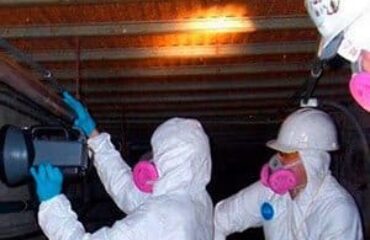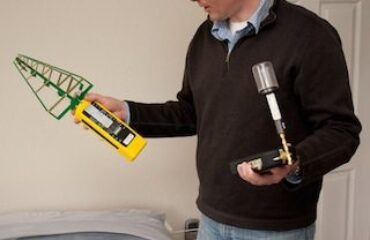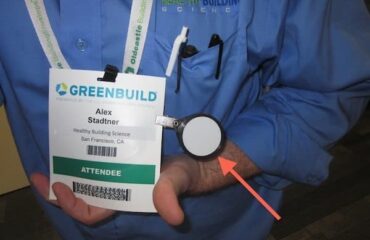SF Water Supply & Ground Water Testing

San Francisco Water Supply, New Chemicals & Ground Water Testing
For the first time in nearly nine decades, San Francisco is blending local groundwater with Hetch Hetchy Reservoir water, sourced from over 167 miles away. For some, this change has been hard to swallow as San Francisco residents have long held bragging rights to exceptional Sierra Nevada snow melt. Possibly a victim of its own successful PR, the San Francisco Public Utility Commission (SFPUC) now faces the challenge of educating residents about the addition of groundwater to their drinking water. Ground water testing may solve part of the puzzle.
Foodies Cheer SF Ground Water Quality & Distinctive Taste
Food critics from the San Francisco Chronicle declared the difference in taste to be small. “It’s more distinctive in a good way,” said taster and former Chronicle wine critic Jon Bonne. “It tastes like what you want spring water to taste like.”
Most SF residents do not realize that historically only 85% of the water supply is sourced from the Hetch Hetchy Reservoir in Yosemite National Park, the rest comes from 5 local reservoirs right here in the Bay Area. The blend percentages may vary depending on the time of the year and other operational factors. The combined reservoir system is called the Hetchy Hetchy Regional Water System.
Last year, some residents became keenly aware of the local reservoir blend when the SFPUC added more water from the San Antonio Reservoir to the mix. Complaints of unpleasant earthy, musty odors and flavors poured in. Through ground water testing, the cause was found to be a harmless algae byproduct called geosmin. The utility stopped adding water from San Antonio and added water from the San Andreas reservoir in Millbrae.
This incident, combined with national news of lead contamination in Flint, has left some people concerned about changes that may impact San Francisco’s water quality. Groundwater, aka, well water, contains many minerals, including calcium, magnesium, sodium and bicarbonate. Hetch Hetchy water does not because it has been filtered along the slick granite slopes of the Sierra Nevada. While these minerals are benign, nitrates at high levels, on the other hand, can make people sick. According to the SF Chronicle, it is possible that the source of nitrates is from leaky sewage pipes and fertilizers. The utility tests for about 180 chemicals, and scans for a wide range of pesticides have returned negative results.
Map of Blended Ground Water
Variations in elevation throughout San Francisco will determine who gets new blended water. This map shows which streets will be supplied blended groundwater.
The SFPUC is tapping local groundwater as a safety measure against disasters which may disrupt water supply from the Hetch Hetchy Regional Water System. Forty five new, local wells will draw water from the Westside Basin located in an area under Golden Gate Park that extends southward to Burlingame in San Mateo County. The Westside Basin has supplied drinking water to Daly City, San Bruno, and South San Francisco for over 60 years. The groundwater has been monitored for the past 10 years and will provide drinking water that meets or exceeds all regulatory safety and quality standards set by the California State Water Resources Control Board, Division of Drinking Water, and the U.S. EPA.
Ground water testing shows that currently, only 1 mgd (million gallons per day) of groundwater has been added to San Francisco’s 60 mgd average water use. By 2020, a max of 4 mgd will be pumped from the aquifer – 7% the city’s total supply. At the SFPUC’s public meeting in June, General Manager Harlan Kelly, responded to concerns about the taste of the new water blend, stating that the low introductory level is not enough to affect the taste of the water. Longtime commissioner Ann Moller Caen raised the issue of increased nitrate content and questioned why groundwater is being added this year when record rains raise water levels to the top of the dam at Hetch Hetchy.
The SFPUC sure has its work cut out for them if they are still trying to get their own commissioner onboard with the plan. More information and monitoring results will be available when all the wells come online by the end of the summer. Stay tuned for an update, and have your tap water tested if you have any concerns.
For more information on water filtration, see our recent position statement.



